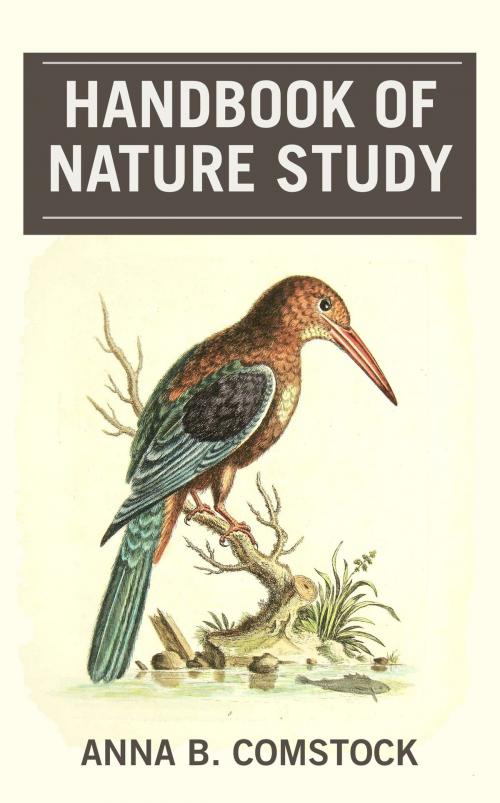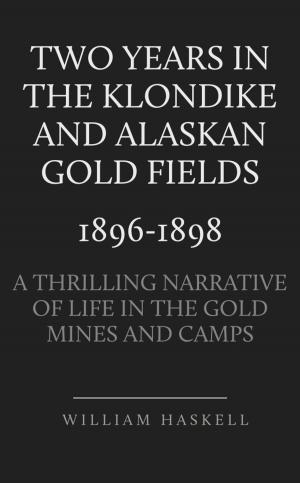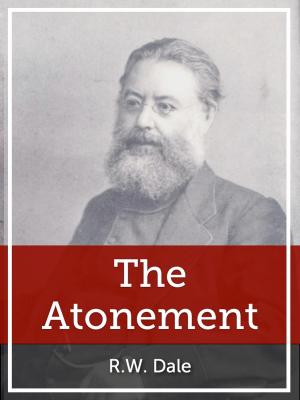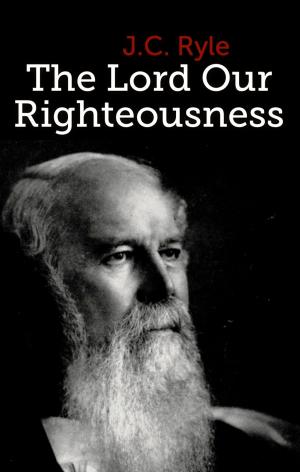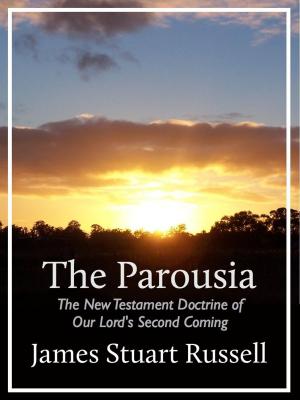| Author: | Anna Botsford Comstock | ISBN: | 1230001932263 |
| Publisher: | Ravenio Books | Publication: | May 31, 2016 |
| Imprint: | Language: | English |
| Author: | Anna Botsford Comstock |
| ISBN: | 1230001932263 |
| Publisher: | Ravenio Books |
| Publication: | May 31, 2016 |
| Imprint: | |
| Language: | English |
NATURE-STUDY is, despite all discussions and perversions, a study of nature; it consists of simple, truthful observations that may, like beads on a string, finally be threaded upon the understanding and thus held together as a logical and harmonious whole. Therefore, the object of the nature-study teacher should be to cultivate in the children powers of accurate observation and to build up within them, understanding.
FIRST, but not most important, nature-study gives the child practical and helpful knowledge. It makes him familiar with nature’s ways and forces, so that he is not so helpless in the presence of natural misfortune and disasters.
Nature-study cultivates the child’s imagination since there are so many wonderful and true stories that he may read with his own eyes, which affect his imagination as much as does fairy lore; at the same time nature-study cultivates in him a perception and a regard for what is true, and the power to express it. All things seem possible in nature; yet this seeming is always guarded by the eager quest of what is true. Perhaps, half the falsehood in the world is due to lack of power to detect the truth and to express it. Nature-study aids both in discernment and expression of things as they are.
Nature-study cultivates in the child a love of the beautiful; it brings to him early a perception of color, form and music. He sees whatever there is in his environment, whether it be the thunder-head piled up in the western sky, or the golden flash of the oriole in the elm; whether it be the purple of the shadows on the snow, or the azure glint on the wing of the little butterfly. Also, what there is of sound, he hears; he reads the music score of the bird orchestra, separating each part and knowing which bird sings it. And the patter of the rain, the gurgle of the brook, the sighing of the wind in the pine, he notes and loves and becomes enriched thereby.
But, more than all, nature-study gives the child a sense of companionship with life out of doors and an abiding love of nature. Let this latter be the teacher’s criterion for judging his or her work. If nature-study as taught does not make the child love nature and the out-of-doors, then it should cease. Let us not inflict permanent injury on the child by turning him away from nature instead of toward it. However, if the love of nature is in the teacher’s heart, there is no danger; such a teacher, no matter by what method, takes the child gently by the hand and walks with him in paths that lead to the seeing and comprehending of what he may find beneath his feet or above his head. And these paths whether they lead among the lowliest plants, or whether to the stars, finally converge and bring the wanderer to that serene peace and hopeful faith that is the sure inheritance of all those who realize fully that they are working units of this wonderful universe.
NATURE-STUDY is, despite all discussions and perversions, a study of nature; it consists of simple, truthful observations that may, like beads on a string, finally be threaded upon the understanding and thus held together as a logical and harmonious whole. Therefore, the object of the nature-study teacher should be to cultivate in the children powers of accurate observation and to build up within them, understanding.
FIRST, but not most important, nature-study gives the child practical and helpful knowledge. It makes him familiar with nature’s ways and forces, so that he is not so helpless in the presence of natural misfortune and disasters.
Nature-study cultivates the child’s imagination since there are so many wonderful and true stories that he may read with his own eyes, which affect his imagination as much as does fairy lore; at the same time nature-study cultivates in him a perception and a regard for what is true, and the power to express it. All things seem possible in nature; yet this seeming is always guarded by the eager quest of what is true. Perhaps, half the falsehood in the world is due to lack of power to detect the truth and to express it. Nature-study aids both in discernment and expression of things as they are.
Nature-study cultivates in the child a love of the beautiful; it brings to him early a perception of color, form and music. He sees whatever there is in his environment, whether it be the thunder-head piled up in the western sky, or the golden flash of the oriole in the elm; whether it be the purple of the shadows on the snow, or the azure glint on the wing of the little butterfly. Also, what there is of sound, he hears; he reads the music score of the bird orchestra, separating each part and knowing which bird sings it. And the patter of the rain, the gurgle of the brook, the sighing of the wind in the pine, he notes and loves and becomes enriched thereby.
But, more than all, nature-study gives the child a sense of companionship with life out of doors and an abiding love of nature. Let this latter be the teacher’s criterion for judging his or her work. If nature-study as taught does not make the child love nature and the out-of-doors, then it should cease. Let us not inflict permanent injury on the child by turning him away from nature instead of toward it. However, if the love of nature is in the teacher’s heart, there is no danger; such a teacher, no matter by what method, takes the child gently by the hand and walks with him in paths that lead to the seeing and comprehending of what he may find beneath his feet or above his head. And these paths whether they lead among the lowliest plants, or whether to the stars, finally converge and bring the wanderer to that serene peace and hopeful faith that is the sure inheritance of all those who realize fully that they are working units of this wonderful universe.
